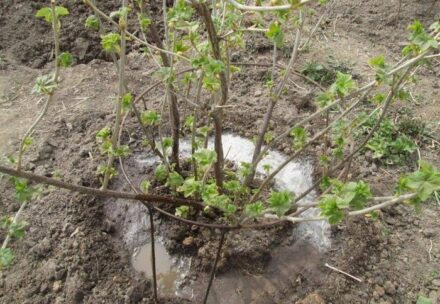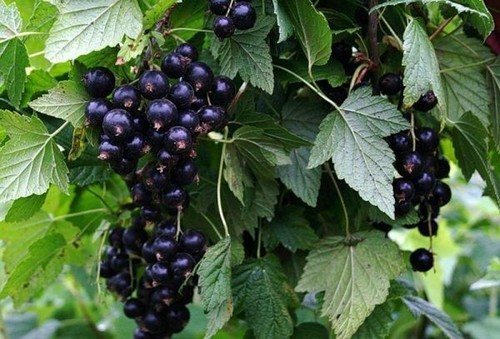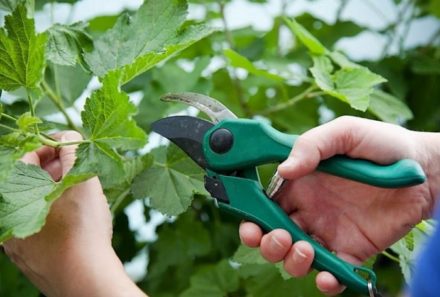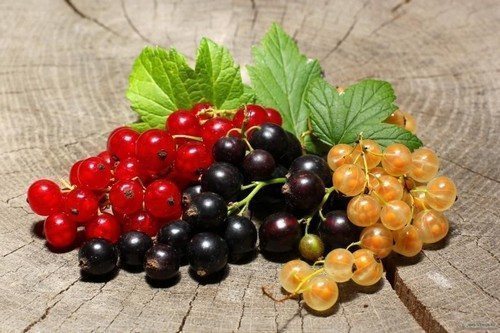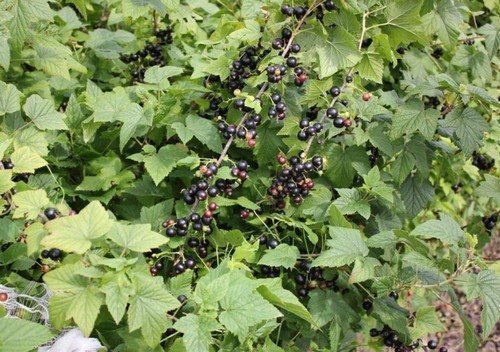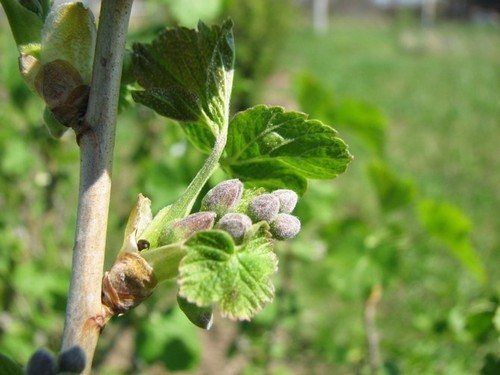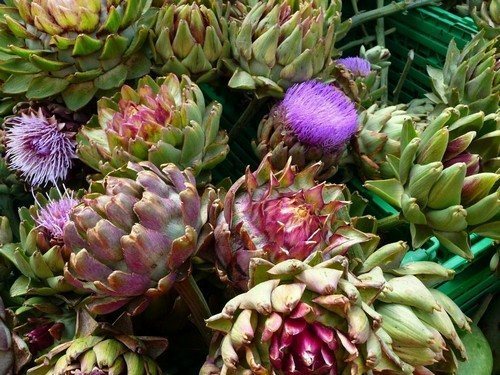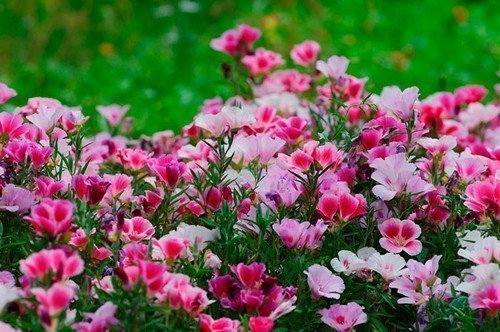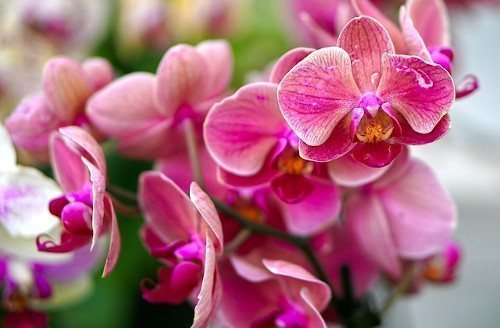Red, black, golden and white currants - each of the varieties, not to mention the varieties, requires its own specific details of agricultural technology. There is a universal spring recipe for how to grow healthy currants that produce a rich and appetizing harvest. It consists of only five rules.
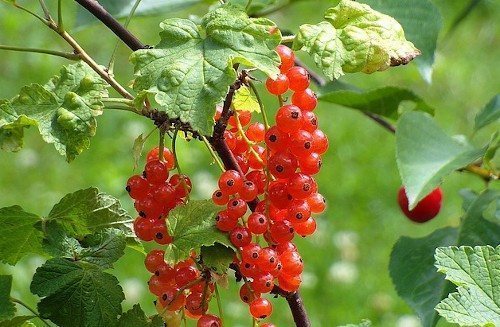
Planned pruning
The time of its implementation is determined so as to be in time before active sap flow and swelling of the kidneys. First, sanitary pruning is performed, removing crooked, dried, frozen, obviously diseased, thickening bushes and old shoots, as well as tops. Then they move on to formative pruning:
- On black currants, 1-year-old shoots are shortened by 10–15 cm, lateral 2–4-year-old shoots are cut to 5–7 buds on each.
- On other “colors” of currant, branches are distinguished by longer yield retention - up to 8 years. Therefore, you only need to cut off the upper unripe parts of the shoots, as well as selectively some of the old ones. As a result, there should be 20–25 branches left on the bush.
A tool - pruning shears or garden shears - must not only be well sharpened, but also disinfected, at least with simple alcohol.

Start of digging
This will have to be done all season, but the first time the earthen crust is broken as soon as the snow melts. At the same time as loosening the rows, weeds are removed and, if necessary, the bushes are lightly hilled.
Digging a currant plot saturates the soil with oxygen and promotes the proliferation of good microflora and beneficial earthworms. The main thing is not to go deeper than 10–15 cm, since the roots of the crop lie close to the surface of the soil.
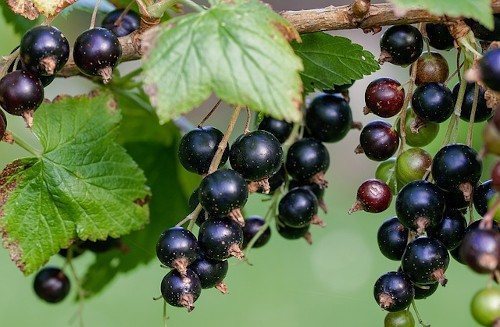
Timely application of fertilizers
Before the buds appear, the currants should receive the first feeding in the form of fertilizers containing nitrogen, phosphorus and potassium. The most effective is their root application, that is, watering the bushes with a nutrient solution, or digging dry granules into the holes, after which, again, you need to “water” the plant so that it optimally absorbs the elements. Nitroammophosphate may be a good choice - 20–30 g of granules are dissolved in 1 bucket of water, and 5 liters of liquid are consumed for 1 adult bush.
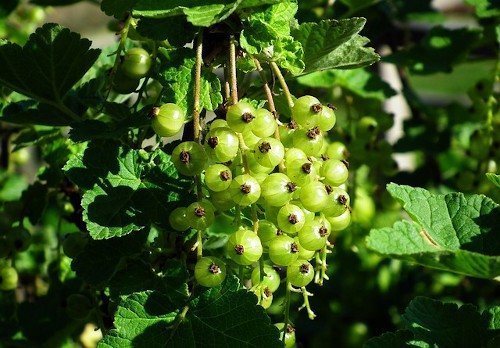
First watering
Currants are one of the most drought-resistant berries, so in the middle zone in the summer with normal rains, only 4 waterings per season are enough for them. In the dry months and in the south it is held more often, sometimes once every 10–14 days.
But in any case, the bushes need the first watering closer to the formation of the ovaries, that is, from mid to late May. The amount of water is determined by loosening the ground:
- If it has dried to a depth of 15 cm, each plant requires 35–40 liters.
- If it has dried 10 cm or less, 20 liters are needed per bush.
It is recommended to complete watering with mulching.
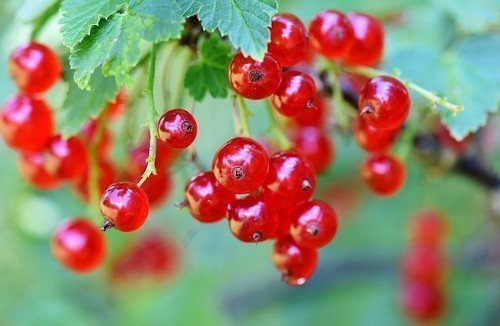
Pest treatment
The greatest threat to currants since the beginning of the season has been the bud mite. As a preventive measure, you can use aqueous solutions (prepared according to instructions) of drugs such as “Neoron”, “Oberon”, “Apollo” or folk remedies - infusion of onion peels or garlic.
But experienced gardeners do not recommend watering currant bushes with boiling water - it cools quickly, that is, it has low effectiveness for harmful creatures, and can also damage young shoots and buds that are ready to awaken.
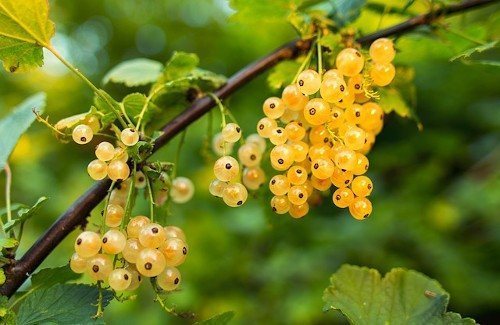
To summarize, it is worth adding that the effect of the above rules will be greater if you grow zoned varieties of currants on your site - those most adapted to local soil and climatic conditions.


